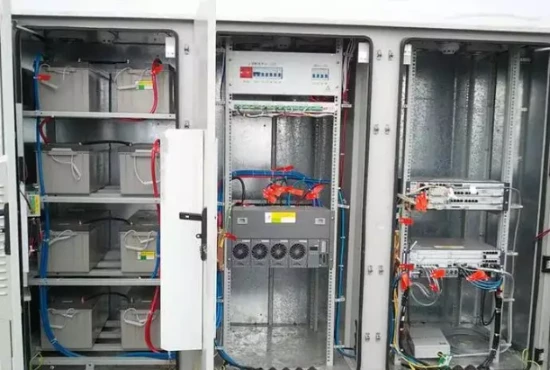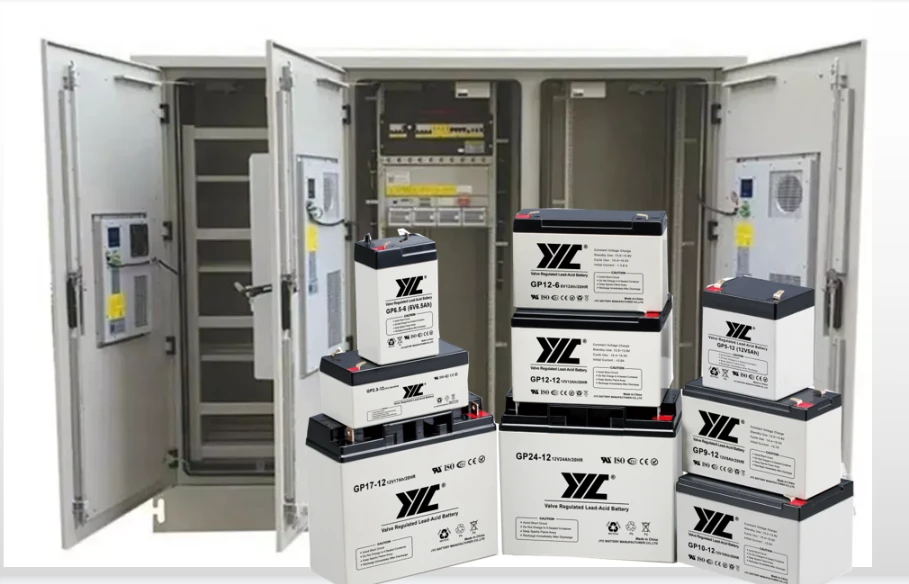
With the increasing application of outdoor base stations, UPS battery failures in harsh application environments have gradually become prominent, such as in Pakistan, India and other South Asian regions, which not only cause economic losses to operators, but also damage their customer satisfaction. The research organization conducted extensive research on the massive damage of batteries in harsh application environments, in-depth understanding of the application scenarios of UPS batteries, and investigation and analysis of the causes of battery failures.
With the continuous development of science and technology, the performance of UPS batteries is getting better and better, the average trouble-free working time is getting longer and longer, and the reliability of the whole machine is getting higher and higher. It is particularly important to do a good job in the maintenance of consumable batteries in UPS.
1. Because the charging mechanism of the current DC system is not very perfect, there is a voltage drift in practice, and the UPS battery is in a floating state for a long time. If the floating voltage deviates from the normal range, it will cause the battery to be overcharged or undercharged. Long-term overcharge or undercharge has a great impact on the performance of the battery.
2. Judging from the current survey of battery usage, thermal runaway is one of the main reasons for battery failure. Thermal runaway means that when the battery is charged at a constant voltage, the charging current and battery temperature have a cumulative enhancement effect, which gradually damages the battery. The direct consequence of thermal runaway is that the battery shell bulges and leaks, the battery capacity decreases, and in severe cases, the plate is deformed, and finally fails.
3. Temperature has a significant impact on the natural aging process of the battery, with a 10% drop in battery life for every 5 degrees Celsius rise in temperature, so the UPS should be designed to keep the battery as warm as possible. All online and back-up or online hybrid UPS than back-up or online interactive UPS operation to generate more heat, which is an important reason why the back-up or online interactive UPS battery replacement cycle is relatively long.
4. The operating humidity of the battery should be in 5%-95%, too high ambient humidity will condense on the surface of the battery, easy to short circuit, PF realm humidity is too low, easy to generate static electricity. Too much dust is also easy to make the lead-acid battery short-circuit, safety valve blockage failure.
The key to the problem is not in the battery itself, the problem lies in the outdoor battery cabinet did not consider the battery for high-temperature protection. To solve the problem at all, we must mention the UPS power supply battery in the harsh outdoor environment application of a comprehensive solution.
Outdoor cabinets have a variety of options for cooling, which cooling method is suitable for outdoor battery cabinets? This starts with the product characteristics of the UPS battery. For the communication DC power system in the lead-acid battery, the user is most concerned about the service life. The main factors affecting the service life of lead-acid batteries are the ambient temperature and grid conditions.
The service life of UPS batteries is closely related to the ambient temperature. The higher the ambient temperature, the shorter the service life of the battery. When the ambient temperature is higher than the battery design life requirement temperature of 25 degrees, the service life will be shortened by half for every 10 degrees of temperature rise.
The number of times and depth of discharge of the UPS battery directly affects the service life of the battery. The more times and the deeper the discharge, the shorter the life of the battery. In other words, frequent power outages will reduce the service life of the battery.
For outdoor base stations, usually the operator can not afford to improve the grid conditions or improve the grid conditions are too costly and unaffordable, so start by reducing the operating temperature of the UPS battery to improve the service life of the battery.
The traditional way to dissipate heat from outdoor cabinets is through direct fan ventilation or heat exchangers, but neither of these can keep the temperature inside the cabinet lower than the ambient temperature outside the cabinet. For high temperature areas UPS battery application scenarios, the need for active heat dissipation, so that the outdoor battery cabinet inside the cabinet temperature is lower than the ambient temperature outside the cabinet. Some manufacturers break through the routine, combined with innovation, the introduction of refrigeration components into the outdoor battery cabinet.
The power changing part of the communication main equipment and the DC power supply will heat up during the operation of the equipment, but the battery is different. According to the electrochemical mechanism of UPS battery charging and discharging, the battery does not heat up when it is discharged. When charging normally (but charging), it basically does not heat up. That is to say, the calorific value of the battery during normal use can be ignored. Therefore, there is no heat source in the outdoor UPS battery cabinet, and the required cooling capacity is small. According to estimates, under normal circumstances, the outdoor battery cabinet only needs a cooling capacity of 200W-400W.





